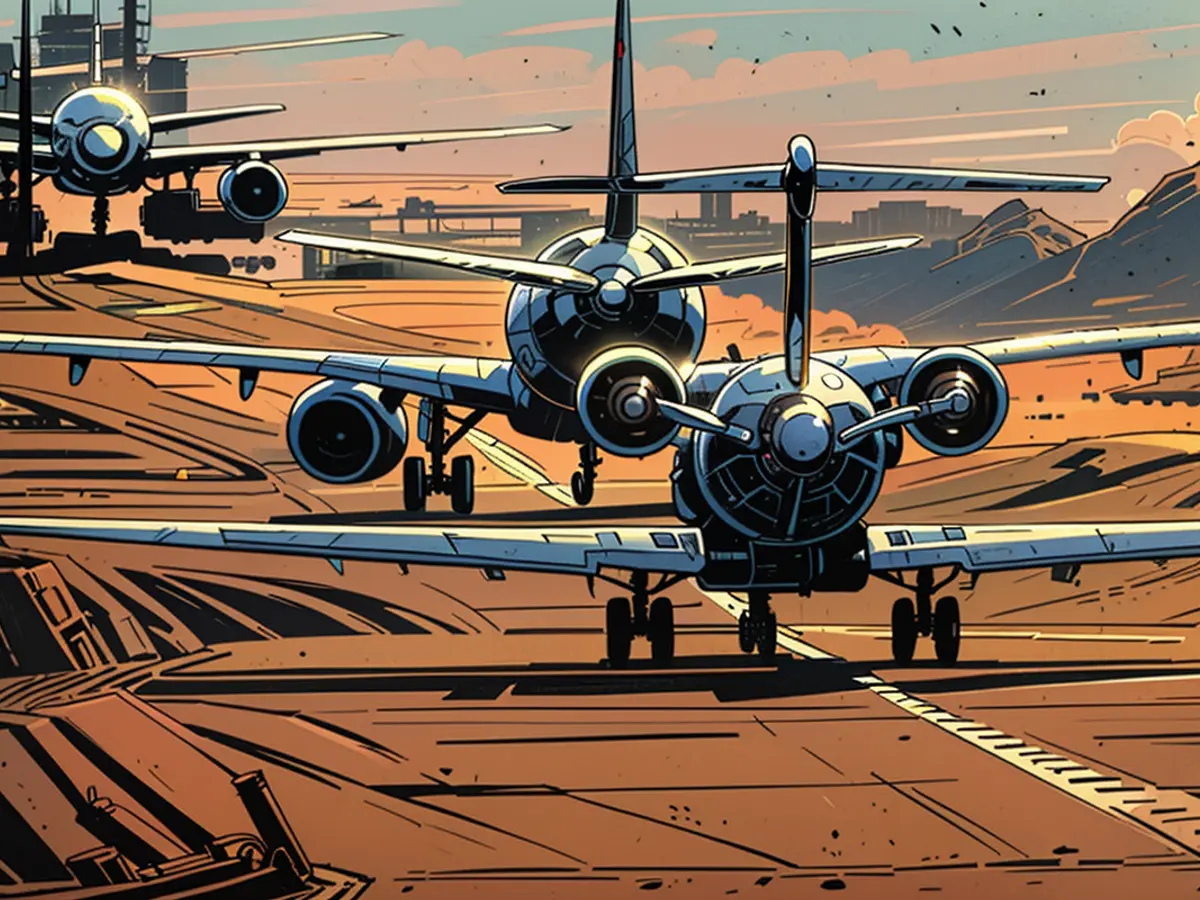Long-term forecast - Boeing: 44,000 planes needed by 2043
Boeing estimates that approximately 44,000 aircraft will be required in the coming two decades across the industry. The global fleet of passenger and cargo aircraft is projected to nearly double by 2043, according to the US aircraft manufacturer in its new long-term forecast.
Travel will have an even greater significance for people than before the Corona Pandemic, said Boeing manager Darren Hulst. Additionally, demand is building up as machines are being replaced later than usual due to supply chain issues. On average, the fleet is about one to one and a half years older than before the Pandemic.
High Demand from Low-Cost Carriers
Boeing raised its demand forecast by approximately three percent within a year. Therefore, around three quarters of the required aircraft will reportedly be single-aisle planes. Low-cost carriers played a central role in this, according to Hulst. And approximately one fifth of the long-term expected demand is expected to come from China.
For the next few years, Boeing does not expect aircraft with new construction solutions to enter airline fleets. And even if such new machines are introduced in the next two decades, deliveries are predicted to remain low, said Hulst.
Airbus with similar forecast
Boeing's rival and largest aircraft manufacturer Airbus sees a demand for over 42,000 new aircraft in its latest forecast until 2043. The European company emphasizes that these aircraft will replace models with higher fuel consumption.
- Despite the challenges posed by the Coronavirus, Boeing anticipates a significant growth in the global aircraft market, with Seattle-based Boeing estimating that around 44,000 airplanes will be needed in the coming two decades.
- Boeing's forecast suggests that the United States of America, along with other international markets, will continue to be key players in the aircraft industry, as the global fleet of passenger and cargo aircraft is projected to nearly double by 2043.
- Darren Hulst, a manager at Boeing, mentioned that high-demand from low-cost carriers and delayed replacements due to supply chain issues have contributed to an increase in demand for aircraft, causing the average aircraft fleet age to be one to one and a half years older than before the pandemic.
- Boeing's rival, Airbus, also shares a similar outlook, as the European company forecasts a demand for over 42,000 new aircraft until 2043, with these aircraft expected to replace older models with higher fuel consumption.








